The Source
Beautiful writing about delicious British food. Articles, comments and musings from our contributors.
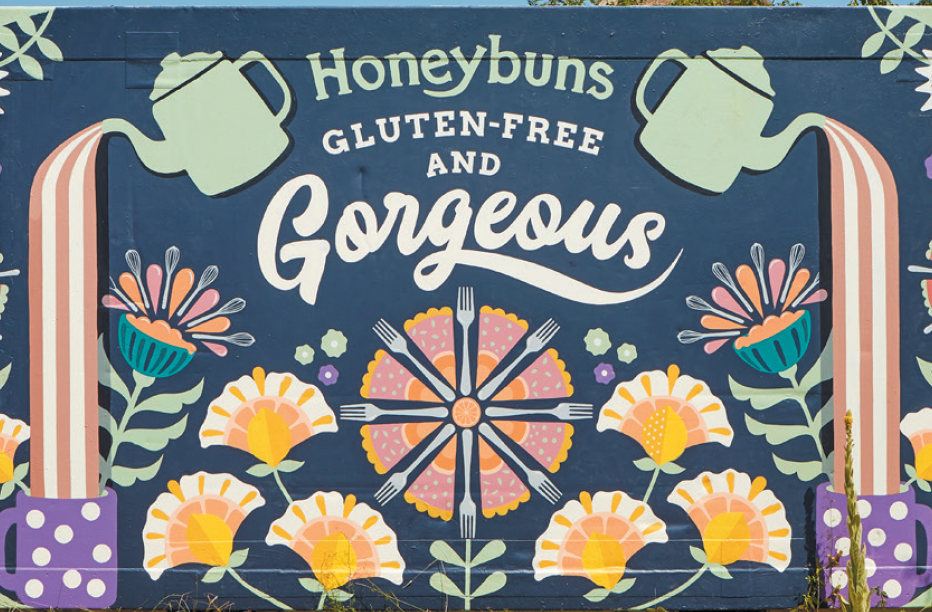
As part of British Food Fortnight this year we would like you to welcome you to Honeybuns bakery for an exclusive peek behind the scenes. Taking place on Saturday 11 October, this exclusive event will include a tour of our artisan bakery, followed by a guided walk around the nature reserve here at Naish Farm, and finishing with oodles of cake tastings (of course!). We have two sessions on the day. The first runs from 2.00pm to 3.30pm, and the second from 3.30pm to 5.00pm. £15 per person payable on booking. All monies go to The Big Yellow Bus Garden Project, a local community garden. Spaces are limited so make sure you book your place. Contact details below.
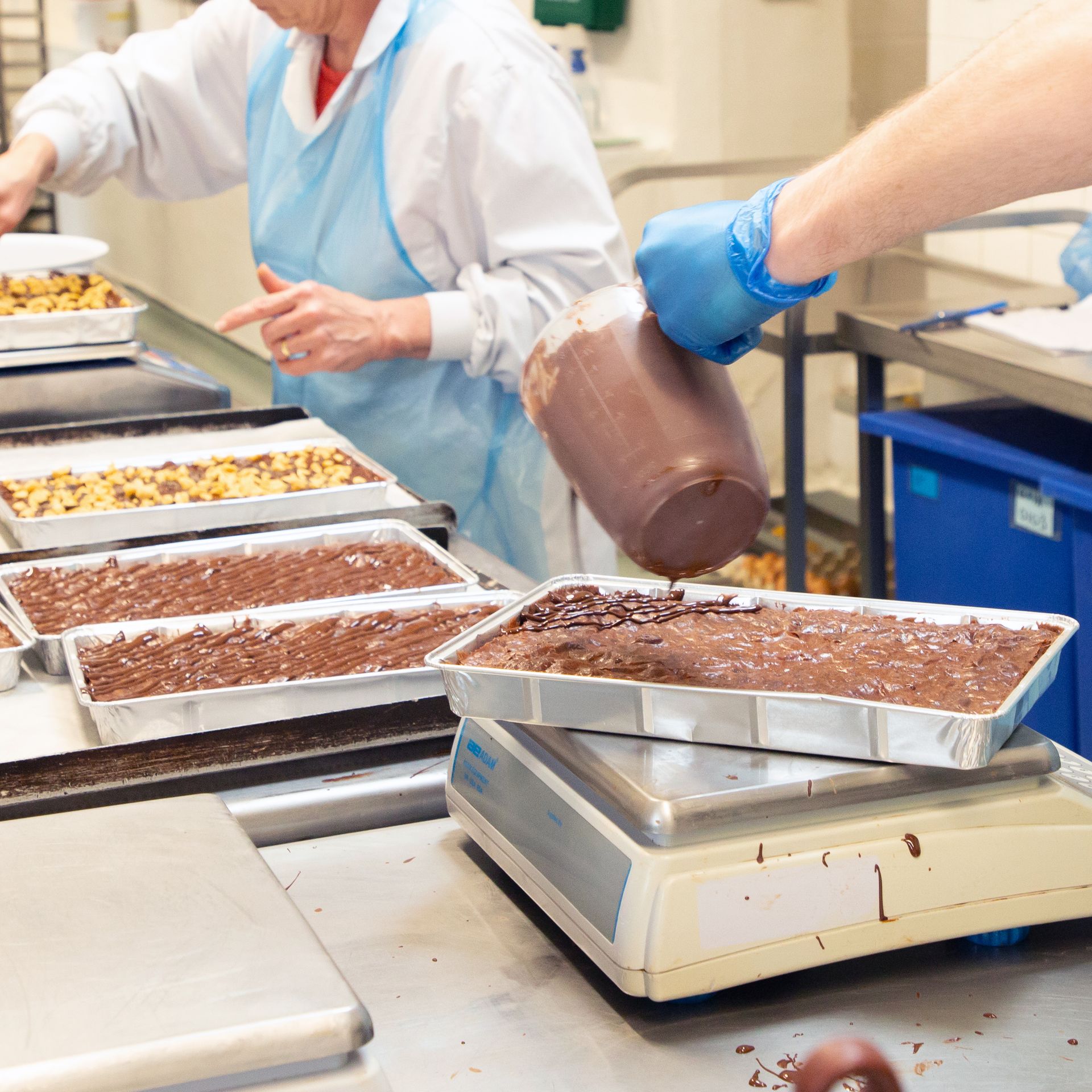
Growing numbers of customers want to buy British food Support for British farmers and food producers is palpable here in the South West. The snaking queues at numerous farm shops such as Teals, Darts Farm and Felicity’s are testament to a growing market for thoughtfully and locally produced fresh food. The phenomenon that is Jeremy Clarkson’s Diddly Squat has also turbo charged interest in our amazing British food heritage. Deliciously stocked rural vending machines are also tapping into this sustained interested in artisan food. Our local one at Woodbridge Farm, home of the esteemed Blue Vinny cheese, sells beautiful chutneys, cheeses, yoghurt and fresh milk with not a single mass produced sausage roll in sight. You can pop in there 24/7 knowing that everything there is made either on the farm or in Dorset. According to Emily Davies, owner of Blue Vinney, "With business costs rising and no proportional improvement in the milk price for decades it has provided us with an invaluable opportunity of maintaining control over our own products as well as a brilliant shop window for education, trialling anything new or seasonal and just having fun." Quoting from the Public Sector Catering website, “more than 80% of people surveyed believe it’s important to buy British Food”. The stats from the Red Tractor Assurance Scheme are even more heartening, “91% trust UK food that is exclusively produced in the UK”. British Farming and Food have weathered the storm - it’s now time to celebrate Following on from the brutal challenges of the pandemic, lockdowns and the ensuing cost of living crisis, consumer confidence fell in British Food from 2021-2024. The Ukraine crisis with its disruption to the supply of key ingredients from wheat to sunflower oil led the United Nations to state, “The United Nations has warned that the combination of COVID-19 pandemic and Russia-Ukraine crisis has led to the biggest food crisis after the World War II”. Gloomy days indeed - heaven knows we are ready for a bit of a party. So the fact that trust in British Food is now at its highest since 2021 truly is something to celebrate. By popping up your British Food Fortnight bunting and going all red white and blue on your chosen day(s) your team and your customers can wave the flag for our fabulous food heritage. From the iconic Cornish pasty to the creamy Cranachan of the Highlands, our beloved isle is full to bursting with gastronomic treasure.
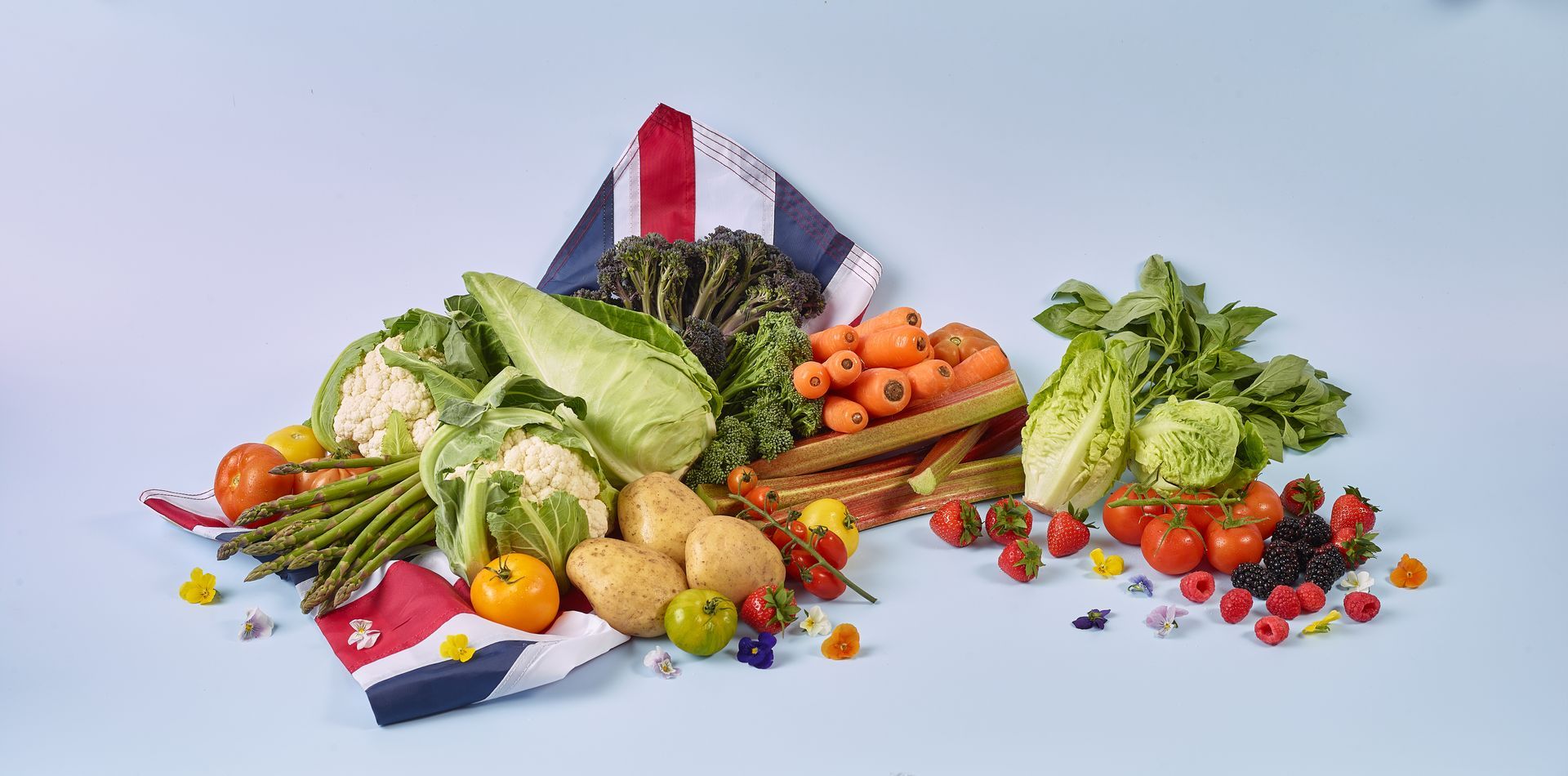
Here at Fresh Direct, the UK’s leading wholesale fresh produce supplier, we fully understand our responsibility to set a precedent for others to follow when it comes to sustainability. Our vision is very clear – we will continue to lead the industry by championing UK farmers, embracing regenerative practices, and driving meaningful change across the sector – and we have a number of initiatives under way to deliver this vision. Irrespective of sector, the public care more than ever about where their food comes from and the standards in place to demonstrate sustainable sourcing. And as part of our efforts to meet customer needs, we recently announced a commitment to ensure all contracted UK fresh produce growers are LEAF Marque certified by the end of 2025. This move strengthens our environmental standards, with a focus on supporting growers to implement more sustainable farming practices. These include energy efficiency and carbon reduction, responsible soil and water management, minimising waste, and enhancing local biodiversity. Our Managing Director Andy Pembroke, said: “As a business, we are not only committed to reducing our impact on the environment, but also to ensuring we make a positive contribution to a more sustainable future for farming. And we want to work with growers who share that vision. Making this pledge for all our contracted UK fresh produce to be LEAF Marque certified represents a real step forward for our sector and we are grateful for the support of our growers who have really stepped up to the challenge. It’s also fantastic news for our customers who can see our demonstrable commitment to a sustainable future.” As we work towards full LEAF certification by the end of 2025, the initiative aligns with broader efforts to accelerate the transition to more resilient, transparent, and environmentally conscious food systems. Clare Mike, Director of Technical & Business Development at LEAF (Linking Environment and Farming), added: “Fresh Direct’s pledge is a significant milestone in the journey towards more sustainable and resilient farming systems. This commitment not only supports the adoption of Integrated Farm Management practices but also demonstrates a proactive approach to climate change, biodiversity, and soil and water health. We’re proud to collaborate with forward-thinking partners like Fresh Direct, whose leadership sets a powerful example for the entire foodservice sector.” She added: “This exemplifies the kind of collaborative action needed across the agri-food sector to drive meaningful change. By aligning its supply chain with LEAF Marque standards, Fresh Direct is not only enhancing the sustainability of their operations but also setting a precedent for others to follow. It is through such leadership and commitment that we can build a more resilient food system for the future.” It's a cliché – but as an organisation it’s true that we are on a journey to deliver a better future. I have confidence my expert colleagues and the network of committed British growers we work with will take us to a destination we can all be proud of. Contributor Bio Lee O’Mahoney is Brand Marketing Manager at Fresh Direct . Along with the rest of the Marketing team his focus is on championing the brand, communicating the market leading initiatives the organisation delivers, and putting a voice behind dedicated partner growers and their glorious produce.
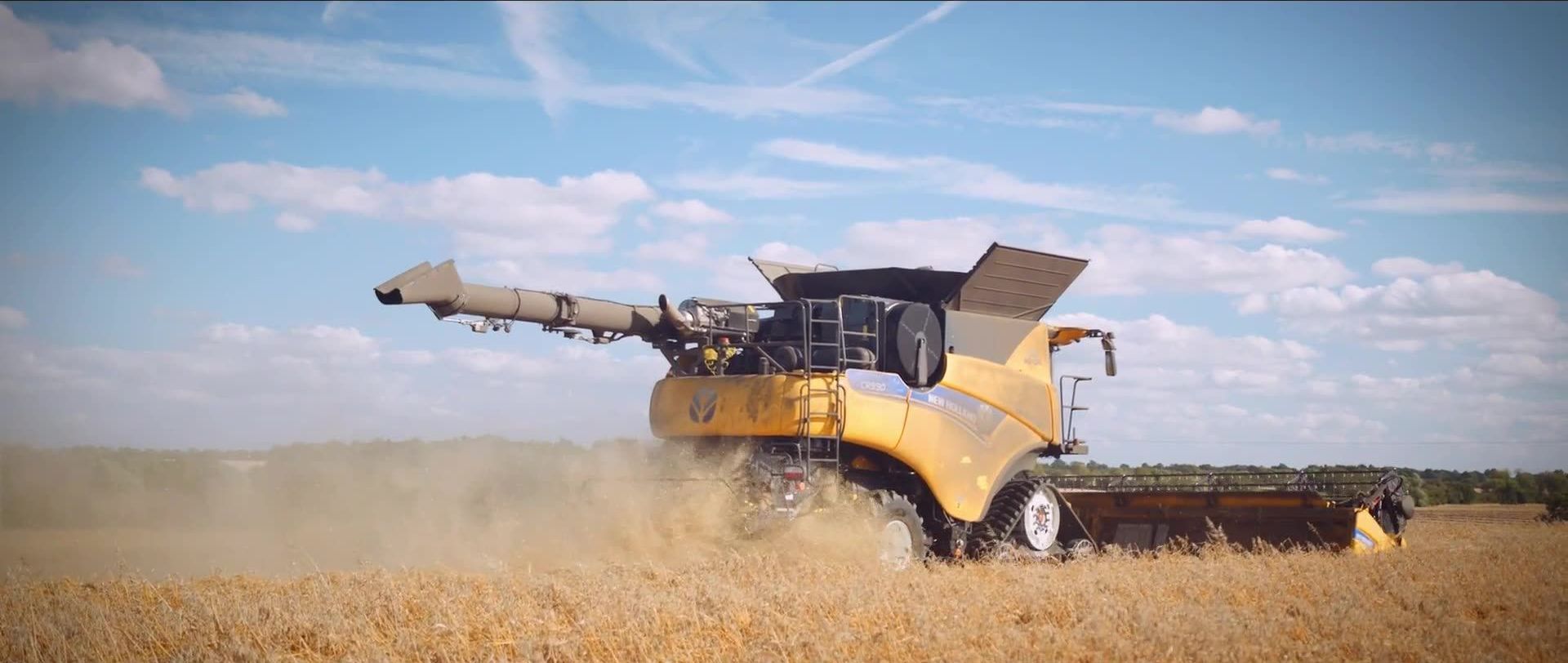
As proud partners of Love British Food, Bon Culina and Glebe Farm Foods recently came together for a visit that celebrated collaboration across the food supply chain. The Bon Culina team, led by Head of Service Development Andy Jones, was welcomed to Glebe Farm Foods’ state-of-the-art facilities in Cambridgeshire by Philip Rayner, Managing Director and Founder for a tour and first-hand insight into their unique gluten-free oat production. The visit highlighted a shared mission – to ensure that British produce is celebrated, understood, and chosen across public sector catering procurement, from hospitals and care homes to schools and universities. A meeting of shared values Both Bon Culina and Glebe Farm Foods are committed to high-quality British ingredients, shorter supply chains, and sustainability. For Bon Culina, this means sourcing as locally as possible, building strong relationships with producers, and maintaining rigorous standards for nutrition and taste across the 151 hospitals they supply. For Glebe Farm Foods, it means managing Britain’s only farm-to-table gluten-free oat supply chain – from sowing and harvesting through to processing and packaging – right here in the UK. Andy Jones, past chair of HCA and PSCA and who sits on government think tanks, praised the visit as “enlightening” and commended the cleanliness and efficiency of Glebe Farm Foods’ processing operation. He noted how seeing the journey from field to finished product reinforces the value of connecting caterers directly with producers. Strengthening the public sector’s British food offering The collaboration is more than just a meeting of minds – it’s a practical step towards increasing the availability and visibility of British-grown ingredients in public sector menus. By building understanding between suppliers and caterers, both organisations can help overcome barriers, identify new recipe opportunities, and promote provenance to consumers. As part of the day’s discussions, Andy encouraged Glebe Farm Foods to explore opportunities with public sector catering bodies such as the Hospital Caterers Association, LACA, TUCO, and the National Association of Care Catering. These forums provide a direct route to decision-makers and can help amplify the role of British food in the sector. A legacy of championing British Andy’s involvement in Love British Food spans over two decades, alongside his leadership in campaigns such as Nutrition and Hydration Week. He believes initiatives like the Glebe Farm Foods visit are vital in turning seasonal campaigns into long-term change. “Partnerships like this are how we make a real difference,” Andy said. “From farm to fork, everyone has a role to play in ensuring the food we serve is not only nutritious and delicious, but also supports our farmers, reduces food miles, and strengthens our national food security.” Of the visit, Philip said: “Meetings such as the one with Bon Culina help develop relationships and recipes with Glebe Farm Foods . It’s a great way to ensure we can both work to get more British food and drink into hospitals and schools.” A view to the future The visit has already sparked ideas for how Glebe Farm Foods’ products might be incorporated into Bon Culina’s recipes, helping to broaden their British offering while keeping quality and sustainability at the forefront. Both teams left the day energised by the potential for collaboration – proving that when producers and caterers work hand in hand, British food can truly take centre stage in the public sector. Visit BonCulina Foodservice and Home - Glebe Farm for more information. Love British Food partners can arrange a similar visit by emailing: office@glebefarmfoods.co.uk

Jayne Jones is incredible. She used to be Chair of ASSIST FM that represents 32 Scottish Local Authorities. She is currently Assistant Director for NHS Greater Glasgow and Clyde. She has, therefore, experience of both school and hospital catering. She has participated in a number of Scottish Government steering groups including those developing Local Food Strategies, ending the need for food banks in Scotland and in developing proposals for the next Scottish Organic Food Action Plan.
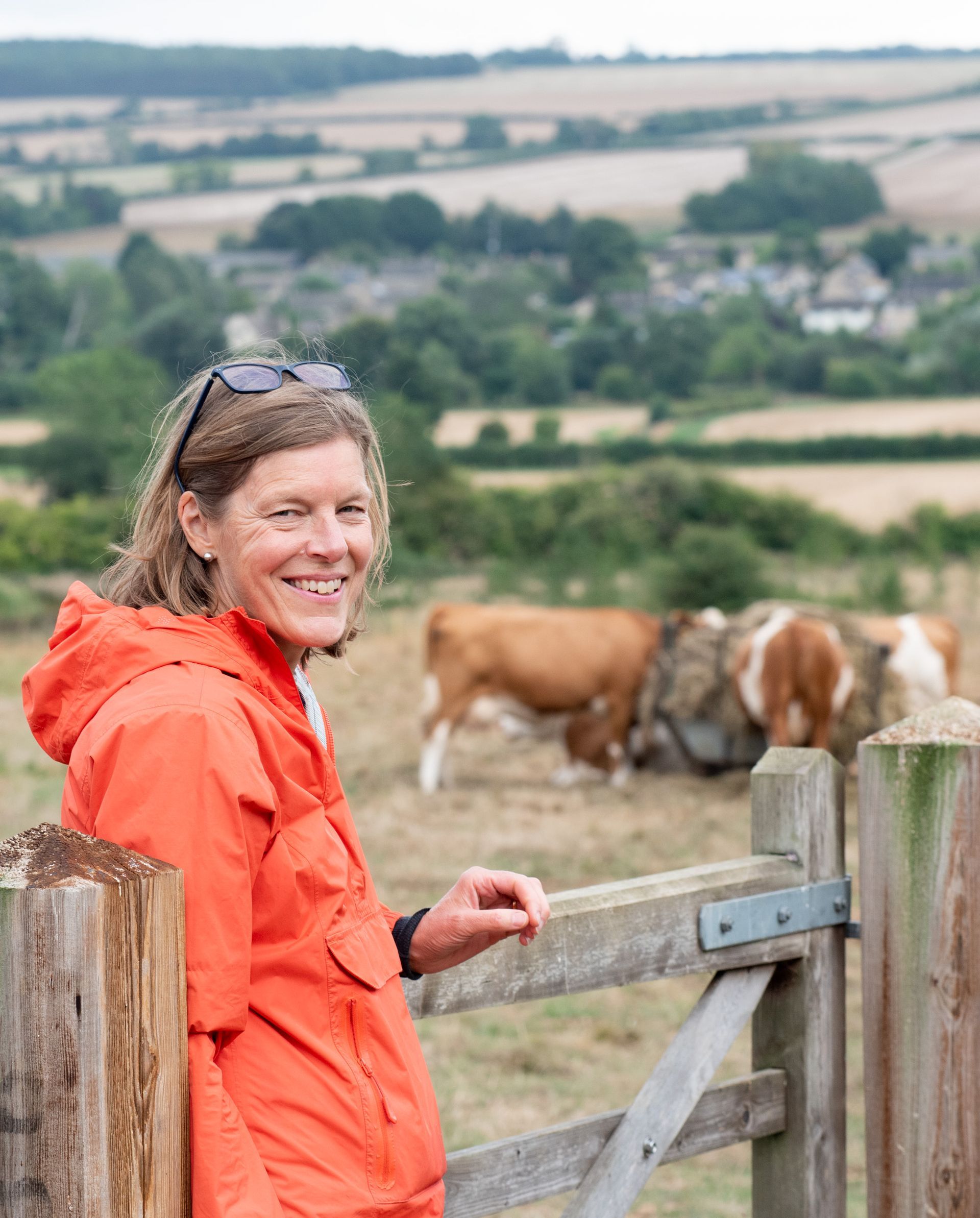
I’m lucky to have 30 years across the ‘One Health’ spectrum from soil & livestock as a farm Vet previously, to food systems & health, in my current role as a Public Health Nutritionist! It was so inspiring in July to join other health practitioners, farmers, policy-makers and food providers and speak at Groundswell, our UK regenerative farming festival.
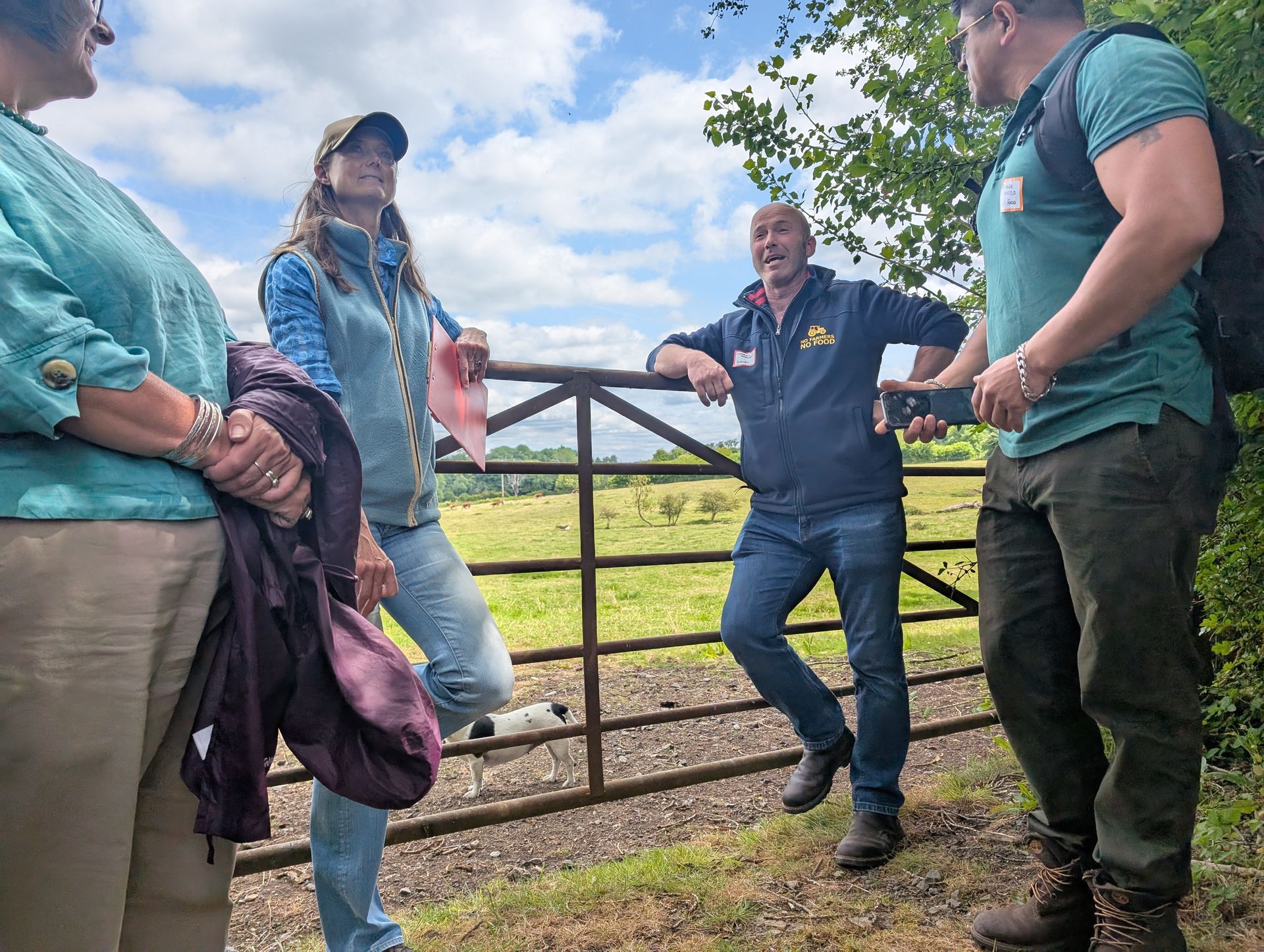
Courteenhall Estate, a model of regenerative farming nestled in the rolling countryside of South Northamptonshire, provided a stunning backdrop for Love British Food’s tenth on-farm training day. The Estate’s rich heritage is married to a compelling story of innovation, stewardship and sustainability which perfectly aligned with the purpose of the visit – to connect changemakers across the public sector with the people and places behind the food they serve. The training day brought together over 20 professionals working across schools, hospitals, universities, care homes, local authorities and the supply chain. All united by the shared goal of putting more British produce on the menu in public sector settings. From the outset, the day cultivated open conversation, collaborative thinking, and a renewed sense of purpose for everyone present. A thriving example of sustainable British farming Hosted by Dr Johnny Wake, British Farming Awards’ Sustainable Farmer of the Year 2024, the event offered attendees a first-hand view of nature-friendly farming in action. Johnny, returned to run the 350-year-old family estate after a career in medicine. Bring his expert insight on health and applying it to how food is produced in the healthiest way while benefiting the environment. Over more than a decade, he has transformed Courteenhall into a shining example of regenerative agriculture. Under his guidance, the Estate has diversified from traditional arable to a mixed farm that has introduced combinable crops such as cereals, oilseeds and pulses as part of the rotation to build soil health. Livestock have been reintroduced including the heritage breed of Hereford cattle. This hardy herd are Reared to Pasture for Life standards by grazing the ancient parkland throughout the year. This benefits biodiversity, sequesters carbon, supports human health and animal welfare. The landscape itself told a story – lush wildflower strips including rare orchids, cover crops, and vibrant hedgerows served to evidence of the farm’s commitment to biodiversity, carbon capture, and soil health. Visitors saw sustainability in action; as an operational ethos rooted in both legacy and future-thinking. Connecting sectors, sharing solutions Love British Food’s changemaker events are never passive learning days – they are spaces for people working in public sector catering to forge connections, share challenges, and co-create solutions. Over a lunch of seasonal British produce, delegates engaged in practical discussions around procurement barriers, seasonal menu planning, and leveraging local supply chains. Examples shared on the day illustrated what success looks like in action: Nottingham County Council’s County Enterprise Foods radically restructured its supply chain to source 100% fresh local produce Milton Keynes University Hospital reported cost savings through working with a local butcher An NHS Trust restructured its tendering process to accommodate a regional dairy supplier NHS caterer reported move from per-patient budgets to fortnightly budgets to deliver savings Schools using regional wholesalers for fresh vegetables and meat Local dairy farm supplied ice cream to hospital, improving nutritional value North Shropshire hospital sourcing beef from a local farm and putting it on their menu once a month These stories demonstrated how policy shifts, procurement language, and courageous leadership can unlock opportunities for British producers. As one attendee put it, “Today has shown how much positive impact you can have through small but meaningful changes. Shouting about what you’re already doing, telling the story – it becomes part of your customer experience.” The power of networks With Courteenhall marking the tenth farm visit, Love British Food’s training programme has now created a nationwide network of over 200 changemakers. These are individuals return to their institutions empowered and equipped to push for incremental but impactful shifts in sourcing policy. Founder Alexia Robinson described the importance of this network: “Each of our changemakers leaves with a deeper understanding of how the food we eat is produced, and why that matters for sustainability, nutrition, and local economies. Their collective impact is immense – British food becomes not just a procurement choice, but a values-led statement.” This growing network is already delivering on that promise, advocating for systemic change in the way public institutions think about food. Attendees discussed how procurement frameworks can be rewritten to prioritise sustainability, how stories from farms can help meet Ofsted and CQC objectives, and how even minor shifts in menus can support the broader goal of a healthy, sustainable food system. From vision to action The event closed with a strong sense of optimism and forward motion. As delegates prepared to return to their respective organisations, the mood was one of resolve. The visit had reaffirmed the link between food, land, health, and sustainability. Most importantly, it had sparked ideas for how to turn knowledge into action. Love British Food’s farm training visits are not just about showcasing British farming, they are about cultivating a movement. They remind us that changing our food system is not about one big leap, but about many people making small, meaningful steps, together. As one changemaker concluded: “Whether it’s choosing a local butcher, sourcing seasonal veg, or championing British produce in a school lunch, it all adds up. That’s the power of this programme. It gives us the knowledge and the network to make it happen.” As out host farmer, Johnny spoke of the impact the day and how it changed his perception: “I now have a much better understanding of the multiple challenges in public sector catering. While sweeping reform won’t happen overnight, small, strategic changes will deliver long-term improvements to public health and our environment.” Quotes from the day: "Change needs to be accessible and actionable. Today has shown how much positive impact you can have through small but meaningful changes." “We urgently need to dispel the myth that fresh, British produce is more expensive – when considered in a wider social and economic context.” “We need to make food a priority in the NHS. Too often the focus in hospital is on cure rather than prevention.” “The programme provides a vital opportunity to see the work that British farmers put into producing food” “We need to make food a priority in the NHS. Too often the focus in hospital is on cure rather than prevention.” “Shout about what you are already doing, tell the stories so it becomes part of your organisation and your customer experience” “I am hugely grateful to Johnny for hosting and sharing how regenerative farming contributes to British food production.” “Johnny was such an outstanding host, with a wealth of knowledge to share and a keen interest in the intricacies of public sector procurement.” Caterers, Dieticians, Procurement Leads and Board Members are all invited to attend our farm visits. Each visit runs from approx. 11am – 3pm and involves a farm tour followed by working lunch and discussion on opportunities and challenges. Anyone interested in attending a future farm visit and joining our cohort of changemakers should contact: info@lovebritishfood.co.uk

By Philip Rayner, Managing Director, Glebe Farm Foods Sustainability is more than a principle for us - it’s the foundation of how we grow, produce, and package every product in our PureOaty range at Glebe Farm. From our oat fields in Cambridgeshire to our energy-efficient production line just metres away, every step of the journey is designed to reduce emissions, support biodiversity, and strengthen the British farming community. Homegrown in Cambridgeshire All of our oats are sown, grown, and milled in Cambridgeshire. Spanning 100,000 acres, our family farm works with a trusted network of local farmers within a 70-mile radius. This hyper-local supply chain keeps food miles low and helps reduce transport-related emissions while also ensuring traceability and quality from farm to table. By supporting local farmers, we’re investing in our local economy and creating a resilient, British-first supply model, something we believe is critical in this ever-evolving food landscape.









